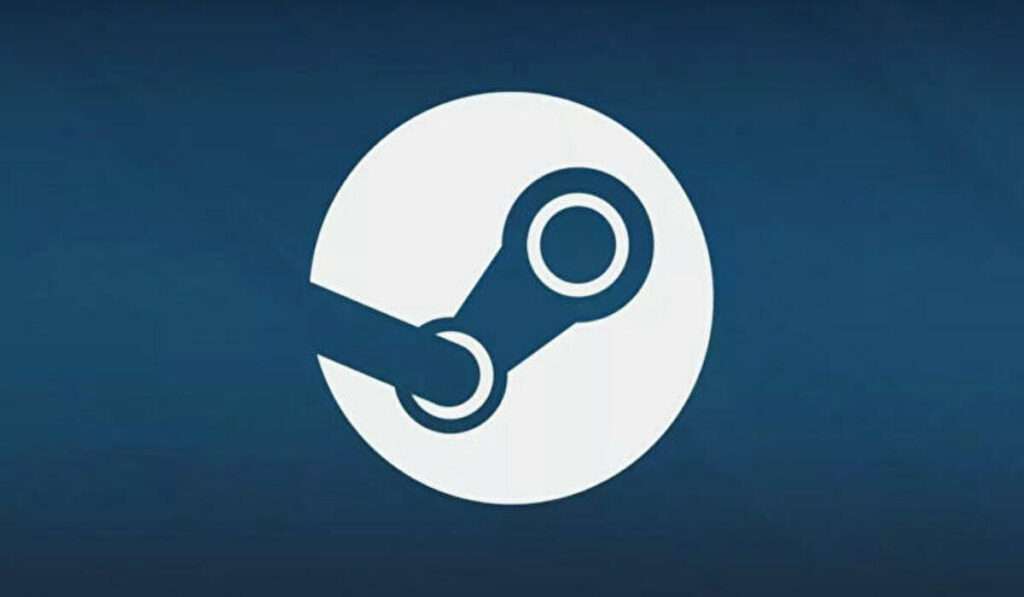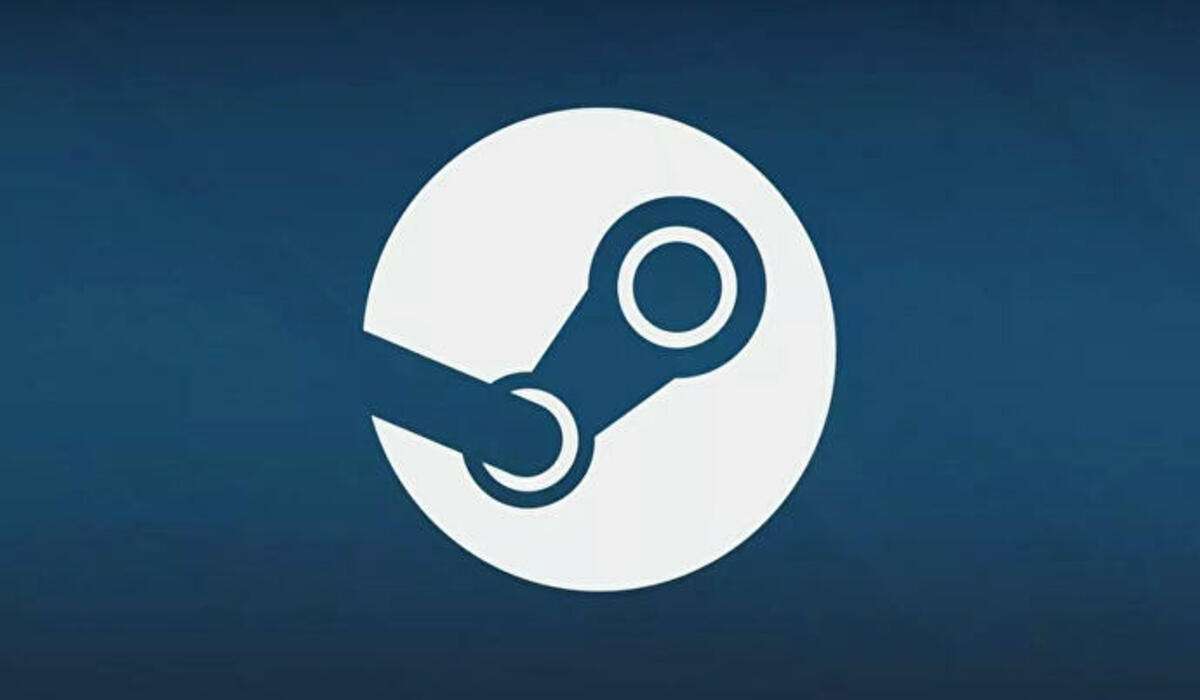
Valve has introduced a new regional pricing recommendation system for Steam, which may result in increased rates in some regions; however, this may not be the case everywhere.
The new pricing tool makes recommendations for prices in each of Steam’s 39 supported currencies, with the intention of simplifying the process for creators. However, these are only recommendations.
In their release, Valve stated, “We think it’s a helpful guidance, but with purchasing power and foreign exchange rates continuously fluctuating, we have to make significant adjustments to those conversion suggestions in order to stay current.”
Will Konami be able to bring Silent Hill back from the grave with this episode of the Eurogamer Newscast?
“In addition to this, we are resolving to make this guide as helpful as it possibly can be by instituting a more consistent pattern to examine and update prices. On a yearly basis, we will devote significant attention to reviewing these recommendations, and we will make revisions as necessary.”
On the other hand, several of the newly suggested pricing, which have been revealed by SteamDB on Twitter, feature significant price hikes.
Steam Pricing Tool From Valve :
The British Pound is projected to increase by 8%, while the Euro is projected to expand by 18%. On the other hand, the Argentine Peso is projected to increase by 485%, while the Turkish Lira is projected to increase by 454%.
Other currencies that have seen significant appreciation in value include the Kazakhstani Tenge (97 percent), the Indian Rupee (85 percent), the Russian Ruble (75 percent), and the Indonesian Rupiah (75 percent) (80 percent).
Why is it to such a large extent in Argentina and Turkey? It’s probably because some players are using virtual private networks (VPNs) to buy games from these nations at lower pricing.
Back in August, the developers of Dead Cells were put in the position of having to respond to this by increasing the price of the game.
However, this is not something that is exclusive to Steam; earlier this month, Mike Rose, the creator of Let’s Build A Zoo, described how “region-hopping” led to a significant increase in the game’s sales on Nintendo’s eShop.
While it is true that developers have the ability to determine their own rates on Steam, it is possible that this new tool will have a substantial influence on pricing across the board.
Valve mentioned that the pricing is determined by criteria such as purchasing power parity and consumer price indices in addition to factors such as foreign currency rates.
Additionally, it was stated that the company would be revising the rates of its own games “to fit the new guidelines.”
